In the past, discount stores were the go-to destinations for shoppers looking to stretch their budgets. From dollar stores to off-price retailers, these businesses built their reputations on offering unbeatable bargains. However, in recent years, many of these chains have quietly raised prices, reduced discounts, or changed their business models in ways that make them less appealing to cost-conscious consumers. As inflation and supply chain issues continue to affect retail, shoppers are noticing that their favorite discount stores aren’t delivering the same value they once did.
1. Dollar Tree
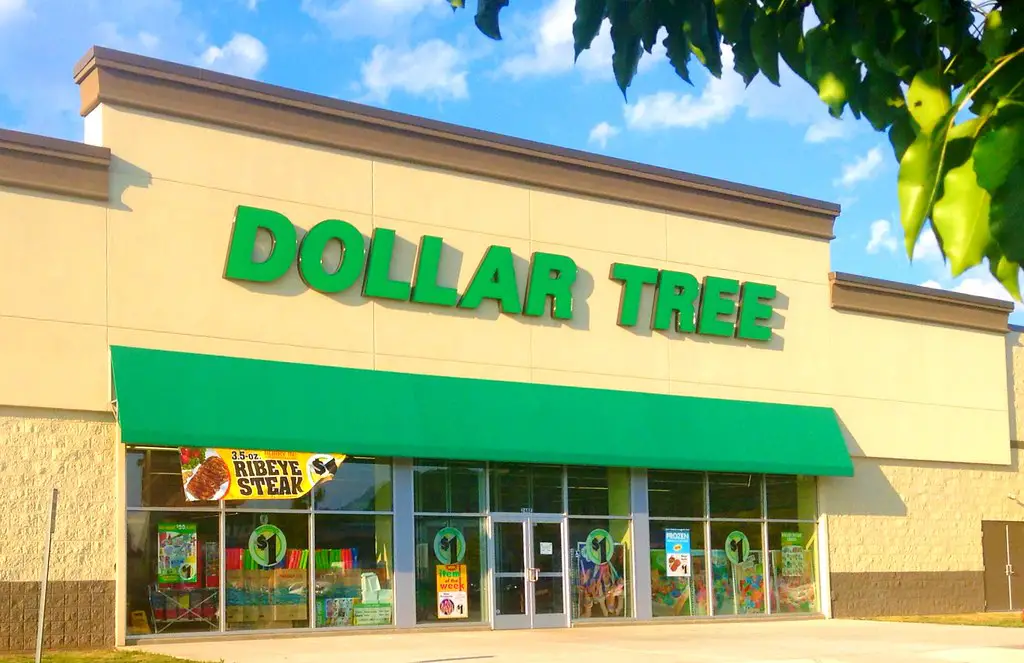
Dollar Tree built its reputation on offering everything for just a dollar, but that pricing model is now a thing of the past. The chain has steadily raised prices, first introducing $1.25 pricing in most stores and later adding sections with items costing up to $5. While the company claims these changes allow for better product quality, many shoppers feel they are paying more for the same—or even smaller—items.
Additionally, customers have reported that Dollar Tree’s once-reliable deals on household essentials and snacks aren’t as competitive anymore. With traditional grocery stores offering similar prices on certain items, shoppers are questioning whether the discount retailer is still worth the trip. As the company continues to expand its pricing structure, long-time customers are finding it harder to justify their purchases.
2. Family Dollar
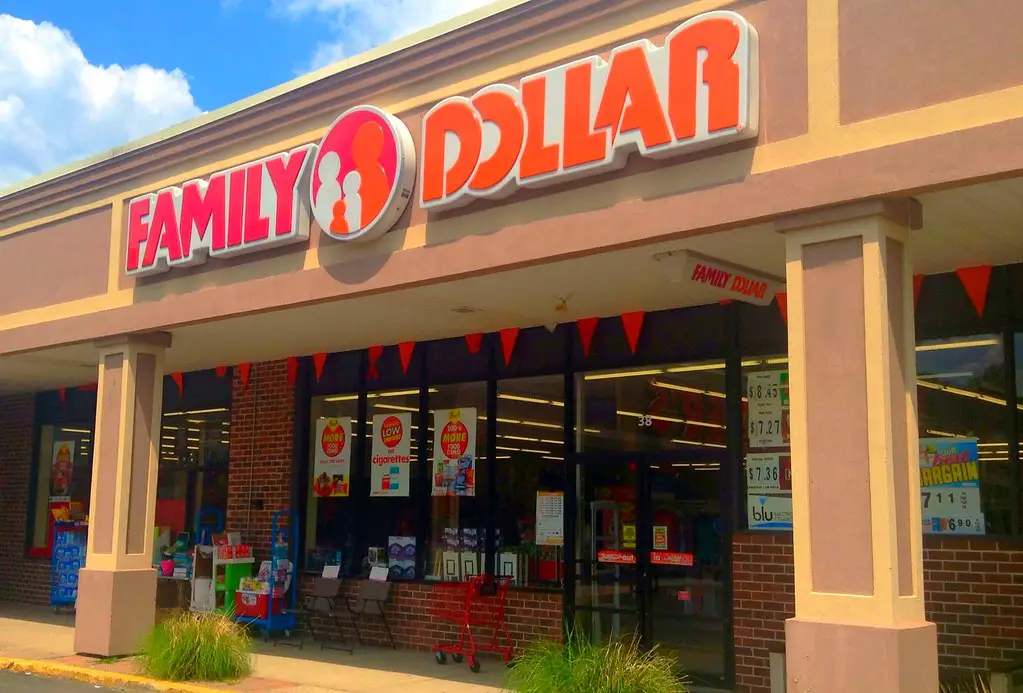
Family Dollar, owned by the same parent company as Dollar Tree, has also seen a decline in its reputation as a true discount store. The retailer has struggled with inventory issues, store closures, and price increases that make it less appealing than it once was. Shoppers frequently complain that prices are creeping closer to those of big-box stores like Walmart, making Family Dollar a less obvious choice for bargain hunters.
In addition to rising prices, Family Dollar has also faced criticism for declining store conditions. Many locations suffer from messy aisles, limited stock, and poor customer service, further discouraging shoppers. Without significant improvements, Family Dollar may continue to lose trust among budget-conscious consumers.
3. Dollar General

Once considered a go-to for affordable groceries and household goods, Dollar General has faced backlash for increasing prices. While the store still markets itself as a discount chain, many of its items now cost as much—or more—than those at larger retailers. Customers have reported that everyday essentials, from canned goods to toiletries, have quietly become more expensive.
Another factor hurting Dollar General’s reputation is the growing perception that its prices vary significantly by location. Some stores in urban areas charge noticeably more than those in rural towns, frustrating shoppers who expect consistent pricing. As more people catch on to these discrepancies, Dollar General is losing its status as a truly budget-friendly option.
4. Big Lots

Big Lots was once known for unbeatable deals on furniture, home goods, and groceries, but rising prices have changed its appeal. The store still offers discounts, but customers have noticed that many items are no longer significantly cheaper than those at Walmart or Target. As a result, bargain hunters are looking elsewhere for better savings.
Additionally, Big Lots has shifted its focus toward selling more furniture and seasonal items, making it harder for shoppers to find everyday essentials at low prices. This change in inventory strategy has left some loyal customers disappointed. If the store continues down this path, it may struggle to maintain its reputation as a true discount retailer.
5. Five Below
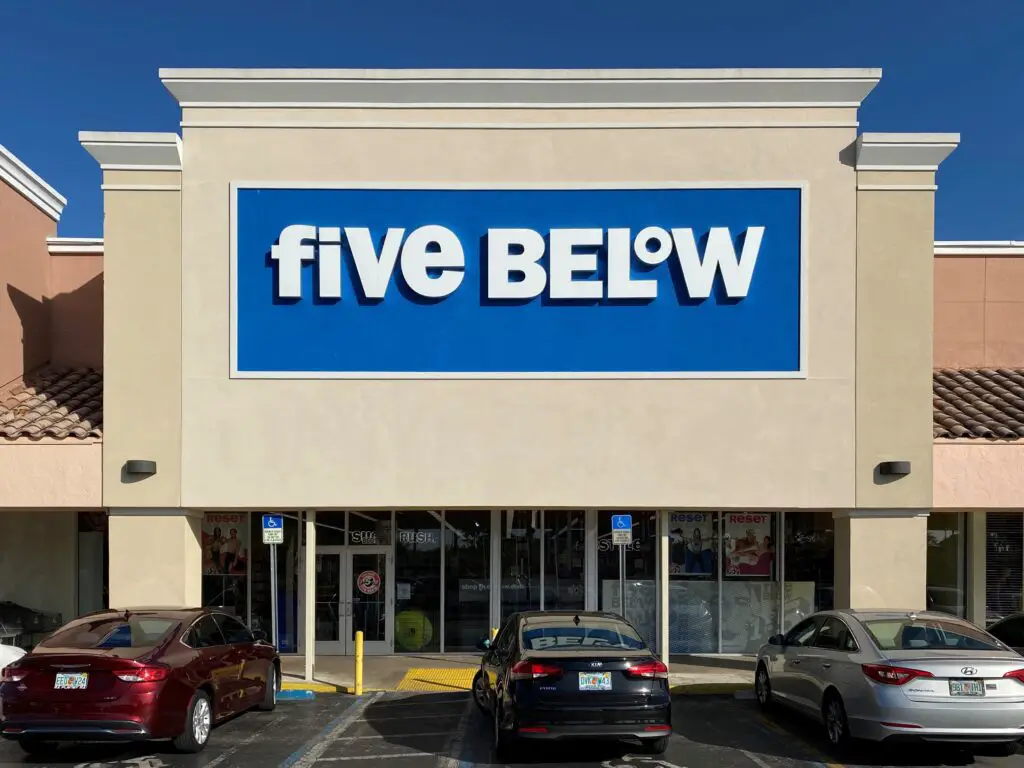
Five Below originally attracted shoppers with the promise of everything priced at $5 or less, but that model has changed. The store has introduced “Five Beyond” sections, where prices go well above the $5 mark, sometimes reaching $25 or more. While this expansion allows for more variety, it has also alienated customers who were drawn to the store for its affordability.
Shoppers who once relied on Five Below for inexpensive toys, tech accessories, and novelty items are finding that prices aren’t as low as they used to be. With other retailers offering similar products at competitive rates, Five Below is slowly losing its edge as a budget-friendly destination.
6. Ross Dress for Less

Ross has long been a favorite for discount clothing and home goods, but its deals aren’t as impressive as they once were. Shoppers have reported higher prices on everything from apparel to kitchenware, making the retailer feel less like a bargain store and more like a standard department store. The inconsistency in pricing between locations has also led to frustration among customers.
Another issue affecting Ross is its declining inventory quality. Many shoppers feel that the selection has become less desirable, with fewer name-brand finds and more generic products at higher prices. As the store struggles to maintain its bargain appeal, customers are reconsidering whether it’s worth the trip.
7. Marshalls
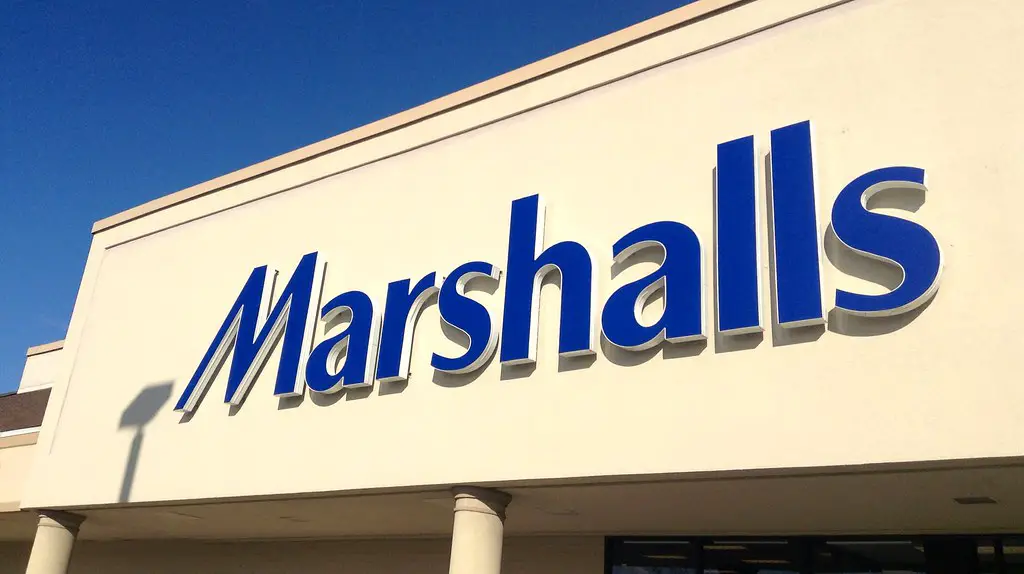
Marshalls, known for discount designer fashion, has faced criticism as its prices have crept higher. While it still offers some deals on brand-name clothing and accessories, shoppers are finding that many items are priced closer to what they would pay at regular department stores. This shift has made it harder for customers to feel like they’re scoring a true bargain.
In addition to rising prices, Marshalls has seen an increase in inventory inconsistency. Shoppers who used to find great deals on name brands now struggle to locate quality items at a discount. As the store becomes less reliable for savings, more customers are looking to online retailers for better deals.
8. T.J. Maxx
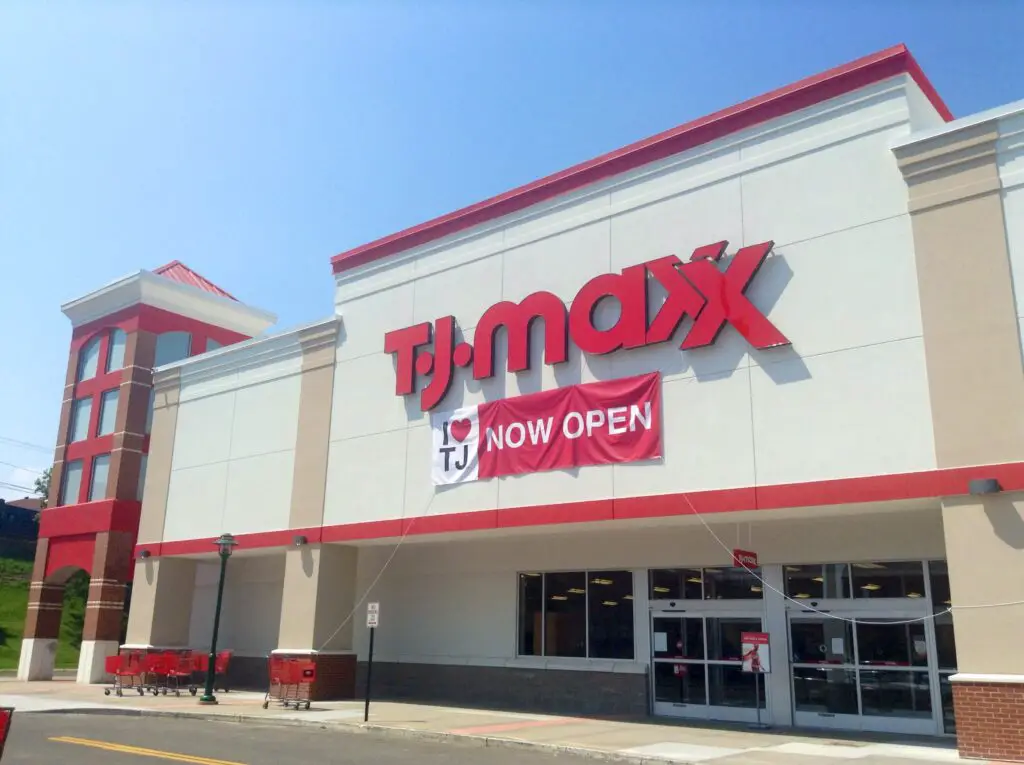
Like its sister store Marshalls, T.J. Maxx is no longer offering the deep discounts shoppers once expected. Customers have noticed that brand-name clothing, handbags, and home goods are now selling for higher prices, often making them only slightly cheaper than at full-price retailers. This has led many shoppers to question whether T.J. Maxx is still worth the trip.
Another issue is that T.J. Maxx has been stocking more in-house brands rather than recognizable designer names. Shoppers looking for luxury discounts are finding fewer options, which has weakened the store’s reputation as a must-visit for fashion bargains. Without better pricing, T.J. Maxx risks losing its loyal bargain-hunting customer base.
9. Burlington
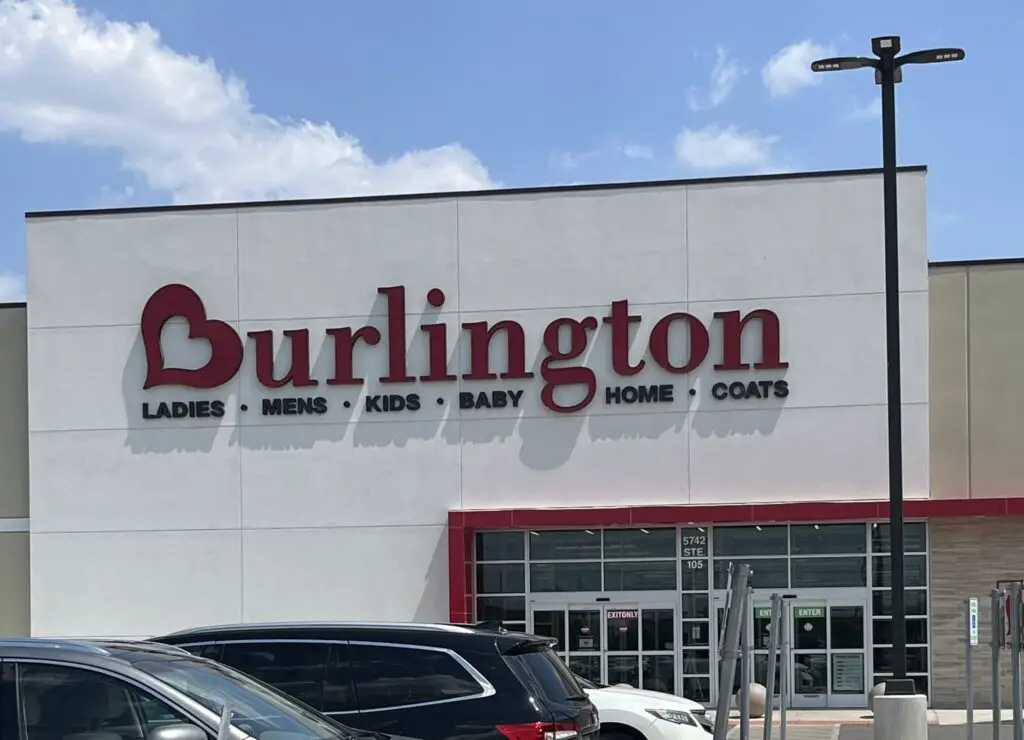
Burlington has shifted away from its roots as a true discount clothing store, and customers have noticed the difference. The retailer has been increasing prices while reducing its selection of brand-name merchandise, making it harder to find great deals. Many shoppers have reported that Burlington’s prices are now comparable to those of mid-tier department stores.
Additionally, store organization has become a major complaint among customers. Messy displays and disorganized inventory make it difficult to find good deals, leading many shoppers to opt for online alternatives instead. If Burlington continues on this path, it may struggle to maintain its reputation as a bargain destination.
10. Sears Outlet
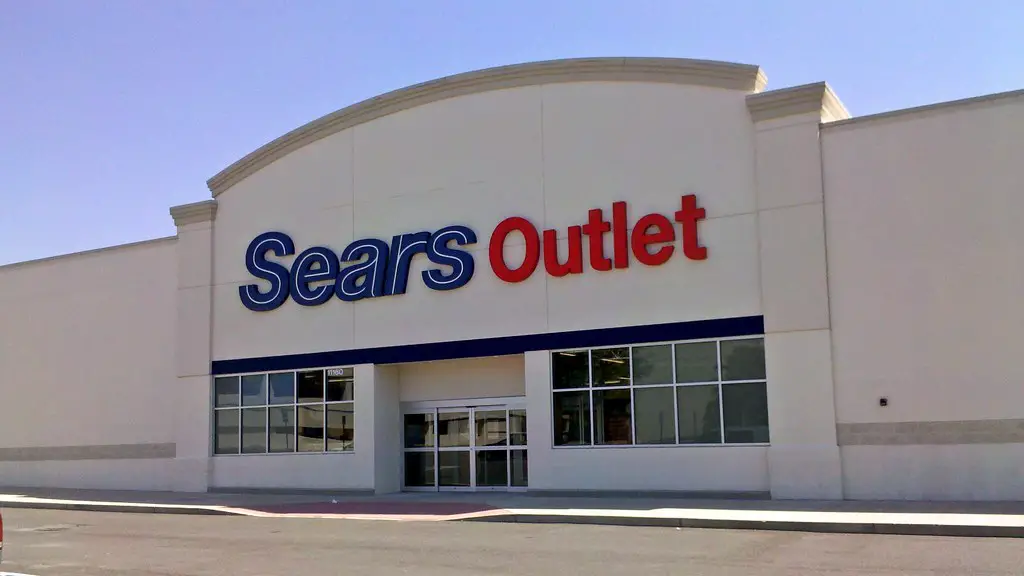
Sears Outlet was once a reliable place to find deeply discounted appliances, tools, and home goods, but that has changed. With the decline of the Sears brand, the outlet stores have suffered from reduced inventory and higher prices. Many shoppers who used to rely on Sears Outlet for affordable large appliances are now turning to other retailers.
Additionally, the store’s reputation has suffered due to inconsistent pricing and limited availability of the best deals. With fewer customers trusting Sears Outlet for reliable savings, its days as a go-to discount store may be numbered.
11. Grocery Outlet
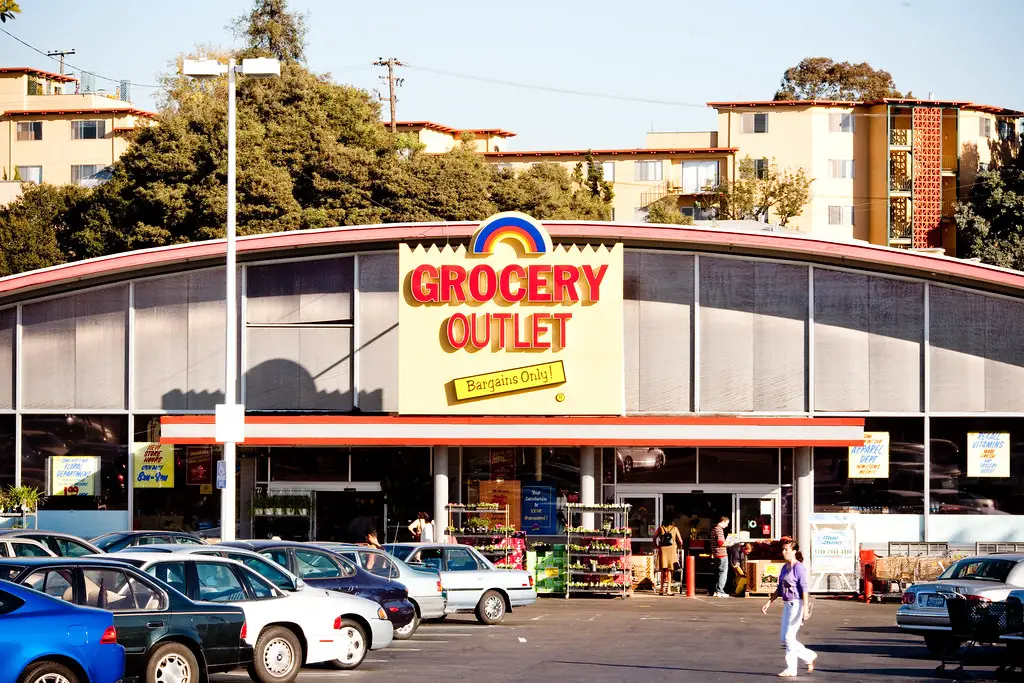
Grocery Outlet was once known for incredible savings on surplus and closeout grocery items, but its deals aren’t as impressive anymore. Shoppers have noticed that prices on staple goods like dairy, meat, and canned foods have crept up, making the store less competitive with mainstream grocery chains. The inconsistent stock also makes it harder for customers to rely on it for regular shopping.
Additionally, some locations have started offering more premium-priced items that don’t align with the store’s discount reputation. While Grocery Outlet still provides some savings, it no longer stands out as the unbeatable bargain it once was.
12. Sam’s Club

Sam’s Club, the warehouse competitor to Costco, has quietly raised prices on bulk items, reducing the value for shoppers. While many people assume they’re getting a deal by buying in bulk, some products are now more expensive per unit than at regular grocery stores. This has led customers to question whether the membership fee is still worth it.
Additionally, Sam’s Club has been reducing the number of in-store promotions and member-exclusive discounts. Without these perks, some shoppers are reconsidering their loyalty to the warehouse chain. As prices rise, many customers are looking for better deals elsewhere.
13. Ollie’s Bargain Outlet
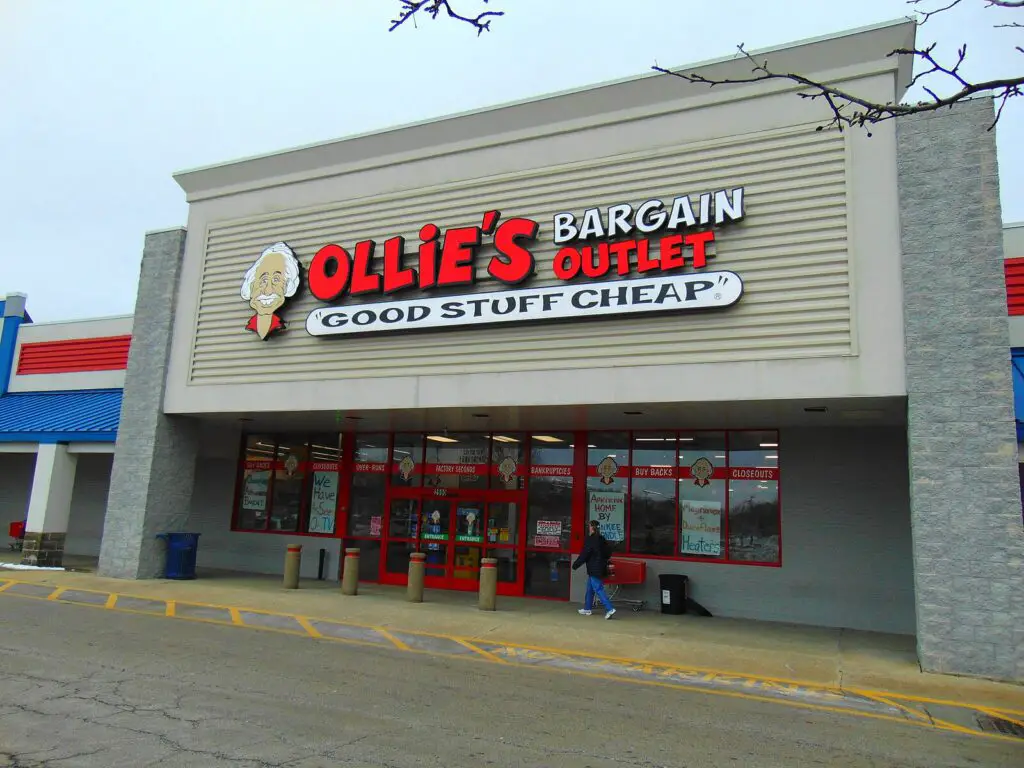
Ollie’s Bargain Outlet has long marketed itself as a place for extreme savings, but its pricing isn’t as competitive as it once was. Customers have noticed that the deals aren’t as steep, and many items are priced similarly to those at discount department stores. With inconsistent stock and fewer unbeatable bargains, shoppers are losing interest.
Additionally, Ollie’s has been expanding rapidly, leading to concerns about inventory quality. Many customers feel that the selection isn’t as strong as before, making it less of a destination for true bargain hunters. Without major improvements, Ollie’s could see a decline in its loyal customer base.
